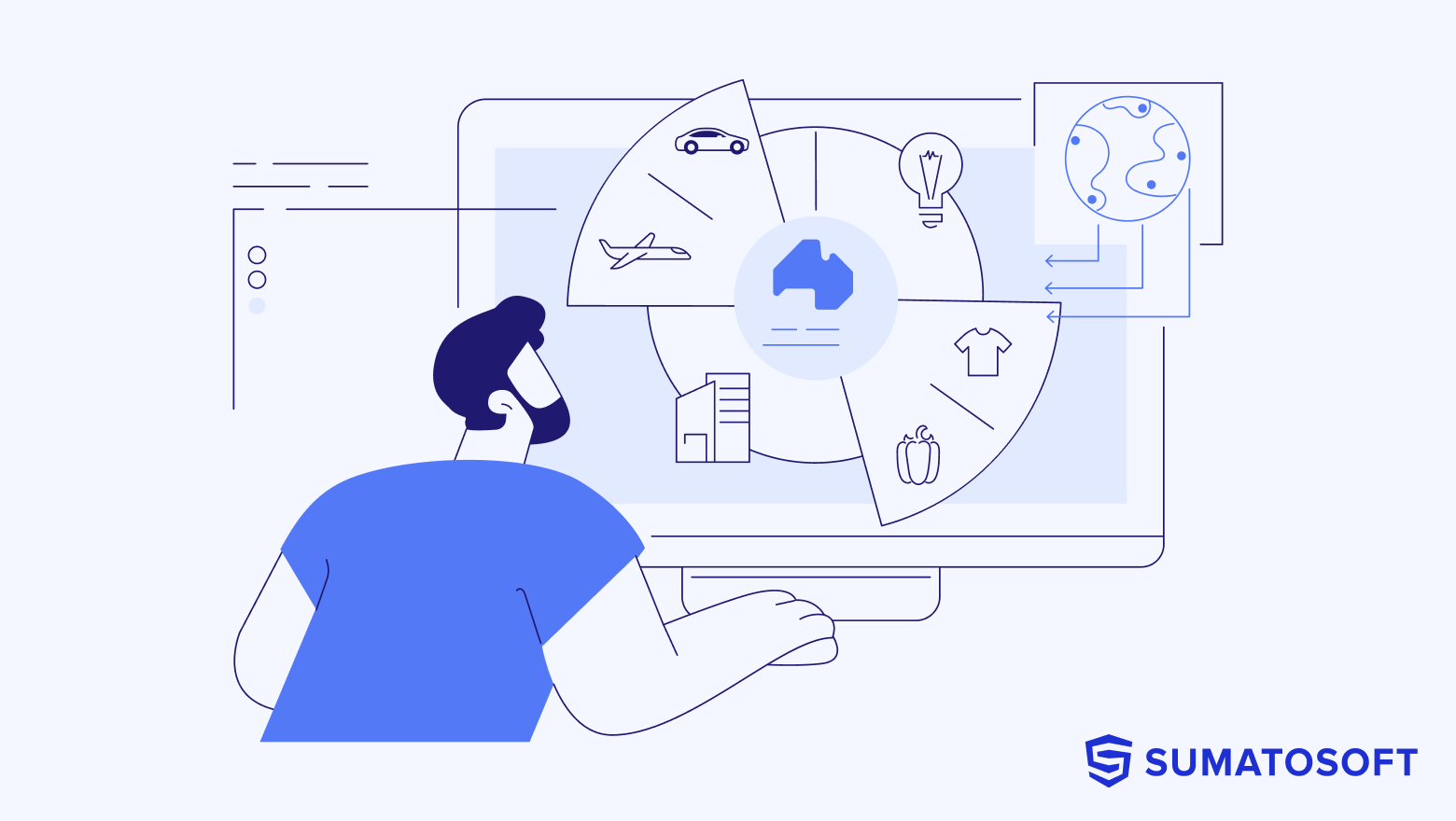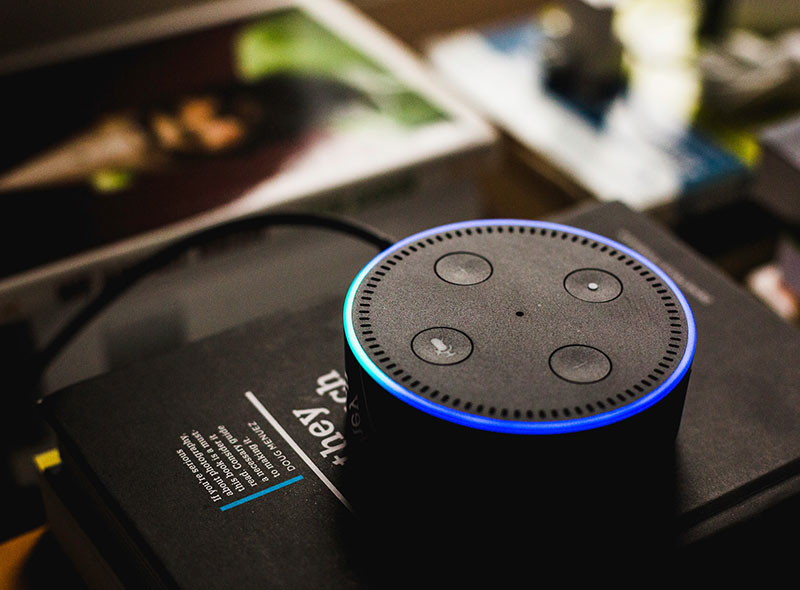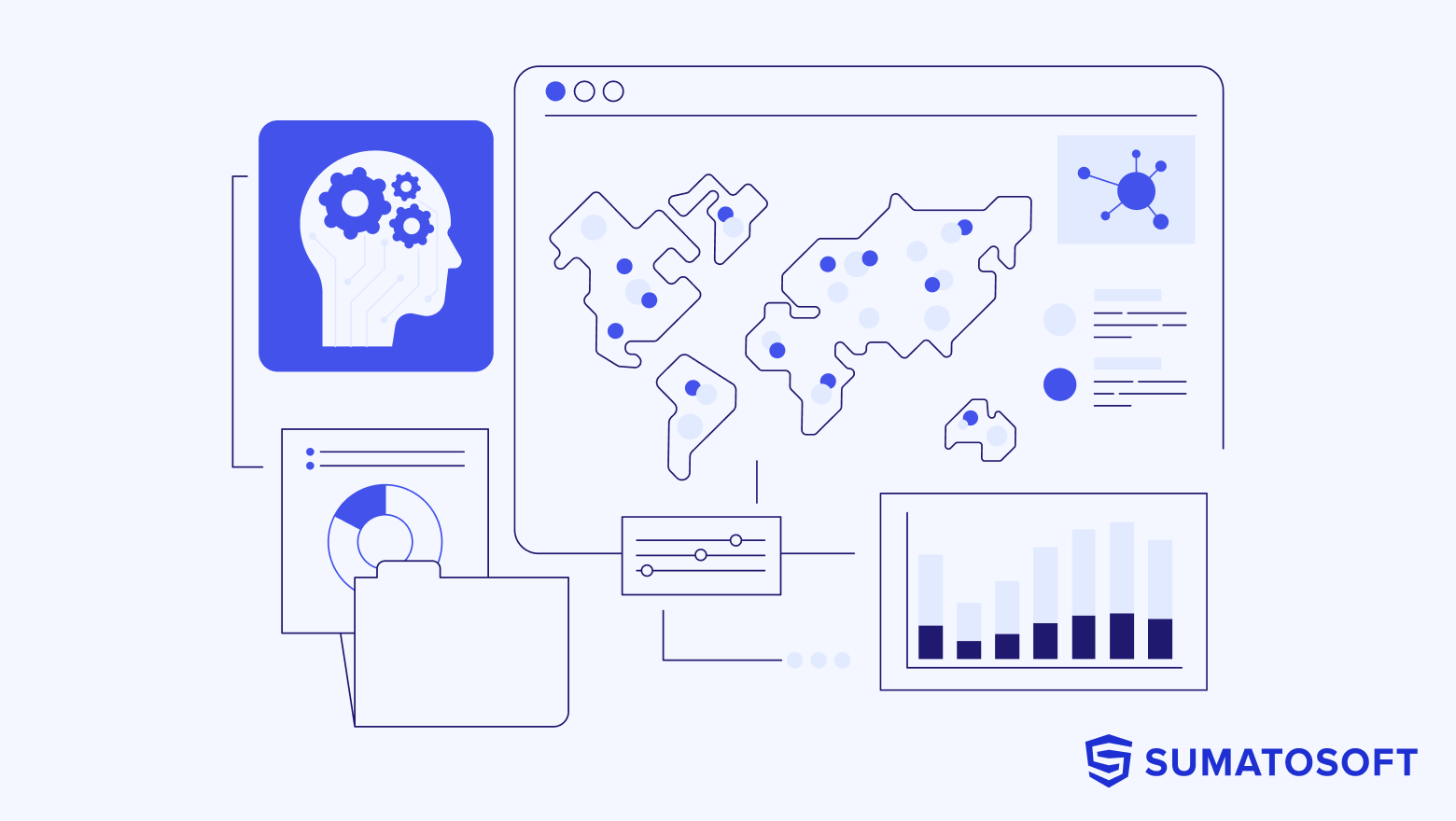Impact of Internet of Things on Business and the Economy in 2026


TL;DR: Key takeaways
- Business value: IoT is shifting business models toward Product-as-a-Service, enabling predictive maintenance via Digital Twins, and revolutionizing sectors from healthcare to smart cities.
- Market scale: By 2026, the IoT industry is valued at $1.3 trillion with 20-25 billion connected devices globally.
- Top trends: Adoption is now driven by strict security regulations (EU Cyber Resilience Act), the need for automated fleet management, and budgets tied to measurable ROI (“ops math”).
- Economic impact: Industrial IoT could add up to $14.2 trillion to the global economy by 2030, helping companies reduce operating costs by an average of 4-6%.
In 2026, the IoT industry is estimated at $1.3 trillion, according to Research Nester. And this estimate could reach up to $3.3 trillion by 2030, according to McKinsey, across industries including healthcare, manufacturing, and retail.
How will IoT reach it? And how has the Internet of Things already affected businesses?
The Internet of Things can accelerate industries, increase revenue, transform the way people work, and even lead to the emergence of new business models. We examine it further in the article.
First, let us clarify the meaning and concept of IoT to understand this technology better.
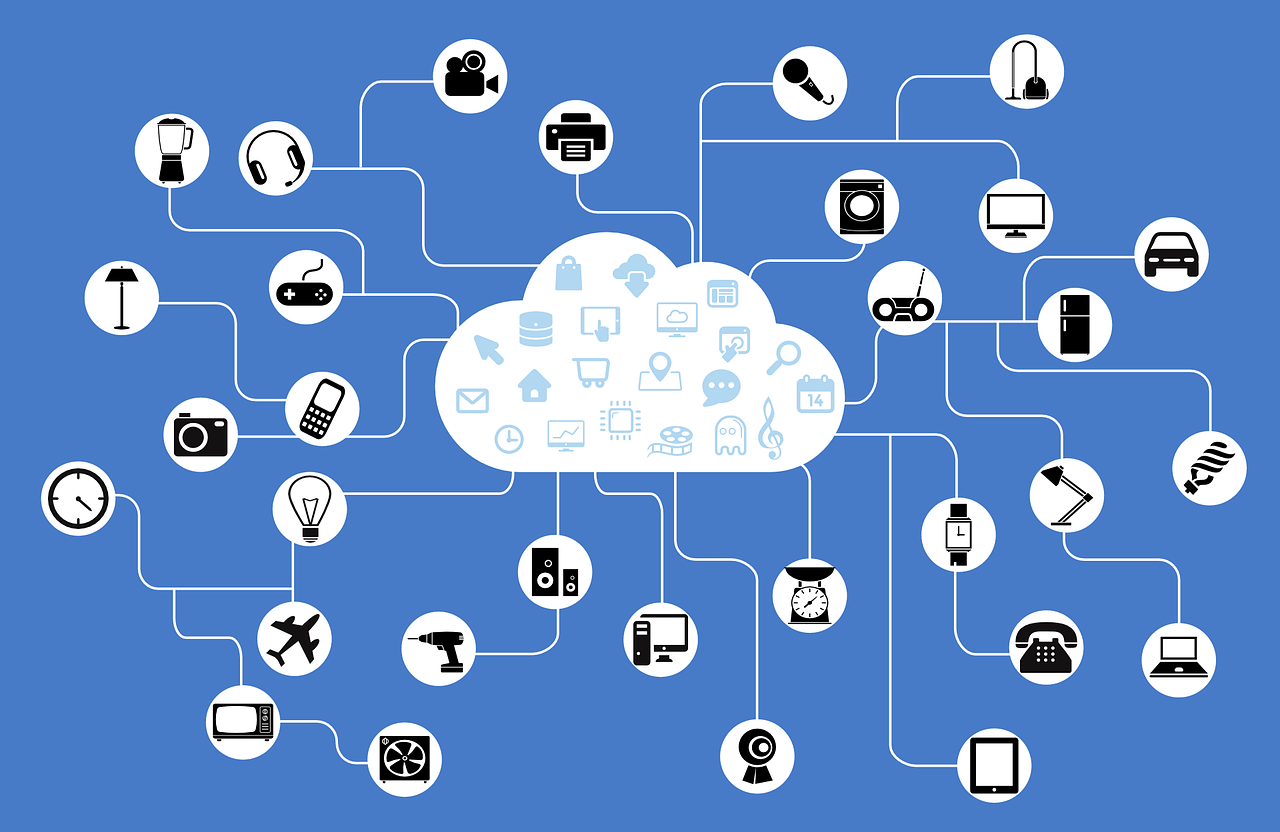
What is the Internet of Things?
The Internet of Things (IoT) is a network of physical devices connected to the internet that collect data, share it with other devices or systems, and, in many cases, act on it.
Over the years, many people and IoT evangelists have proposed various definitions of the Internet of Things, particularly regarding how IoT devices connect and interact.
Devices include environmental sensors, fitness trackers, smart refrigerators, and cameras. All belong to the sensor layer, a step in IoT architecture. Another type of device in IoT is an actuator (or controller) that converts an incoming signal (often electrical) into a physical action, such as adjusting the temperature if it is too low, making you a cup of coffee after you wake up, or vibrating when you sit for more than an hour.
We can enclose this definition in the simple equation: Sensors + Actuators + Internet = the Internet of Things. This equation is not comprehensive, but it captures the essence of the IoT phenomenon.
The significant insight from the equation is the direct correlation between the number of sensors/actuators and the final impact of the Internet of Things. The point is that the more smart gadgets are in the system, the more benefits IoT can bring. If there is only one car in the system, smart navigation is impossible. However, by connecting all vehicles on the road, the system can route them to avoid congestion.
Fortunately, the number of connected devices keeps growing. Depending on the calculation method, there are 20-25 billion connected devices worldwide in 2026. By 2030, their number is projected to reach 32,1-40 billion.
What influences the IoT landscape in business in 2026
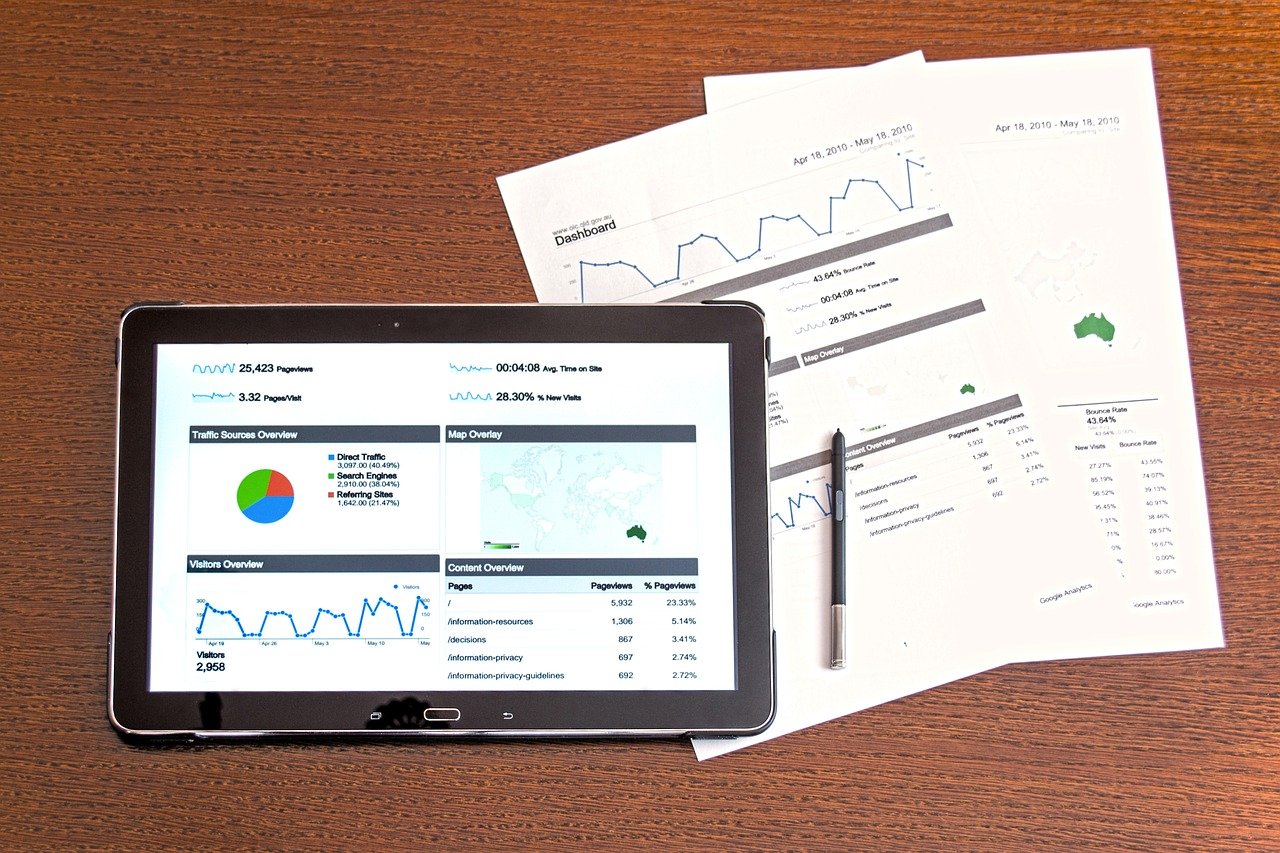
In 2026, three forces shape IoT adoption:
- Security regulations
The EU Cyber Resilience Act entered into force in late 2024, with reporting obligations applying from September 2026 and the main obligations applying from December 2027. That timeline pushes manufacturers to treat secure development, vulnerability handling, and updateability as part of product delivery.
- Device scale keeps rising, so “manual ops” stop working.
With tens of billions of active IoT devices globally, you can’t manage fleets reliably without automation. Asset identity, remote monitoring, staged rollouts, and rollback strategies become baseline engineering.
- Budgets follow measurable outcomes.
The IoT ecosystem is expected to surpass $1T in investment in 2026, which is less about experimentation and more about production deployments tied to cost, uptime, and service quality.
This is why the impact of IoT on business is increasingly evaluated with “ops math”: downtime avoided, energy saved, mean time to detect/respond, and payback period.
How the Internet of Things has affected the world economy
The Internet of Things has affected the global economy by increasing productivity and reducing operating costs across industries such as manufacturing, logistics, energy, retail, and healthcare through real-time monitoring, predictive maintenance, and process automation.
The economy is a broad, complex concept that encompasses all economic activities conducted within and between nations, including manufacturing, trade in goods and services, management, financial operations, and more. The simplest way to explain the effect of the Internet of Things software development on the world economy is with figures:
General impact:
- A study by Accenture found that industrial IoT (IIoT) could add $14.2 trillion to the global economy by 2030, with manufacturing and healthcare as the two industries with the most significant potential value.
- Increased efficiency across different industries also affects the amount of direct and indirect taxes to the government.
- Overall enterprise spending on IoT solutions is estimated at $350–400 billion in 2026.
Industrial impact:
- According to MarketsandMarkets, businesses across all industries spent an average of 7% of their IT budgets on IoT projects.
- Companies that implemented IoT technology reduced their operating costs by an average of 4-6%.
How IoT has affected businesses
Smarter products and devices brought to market
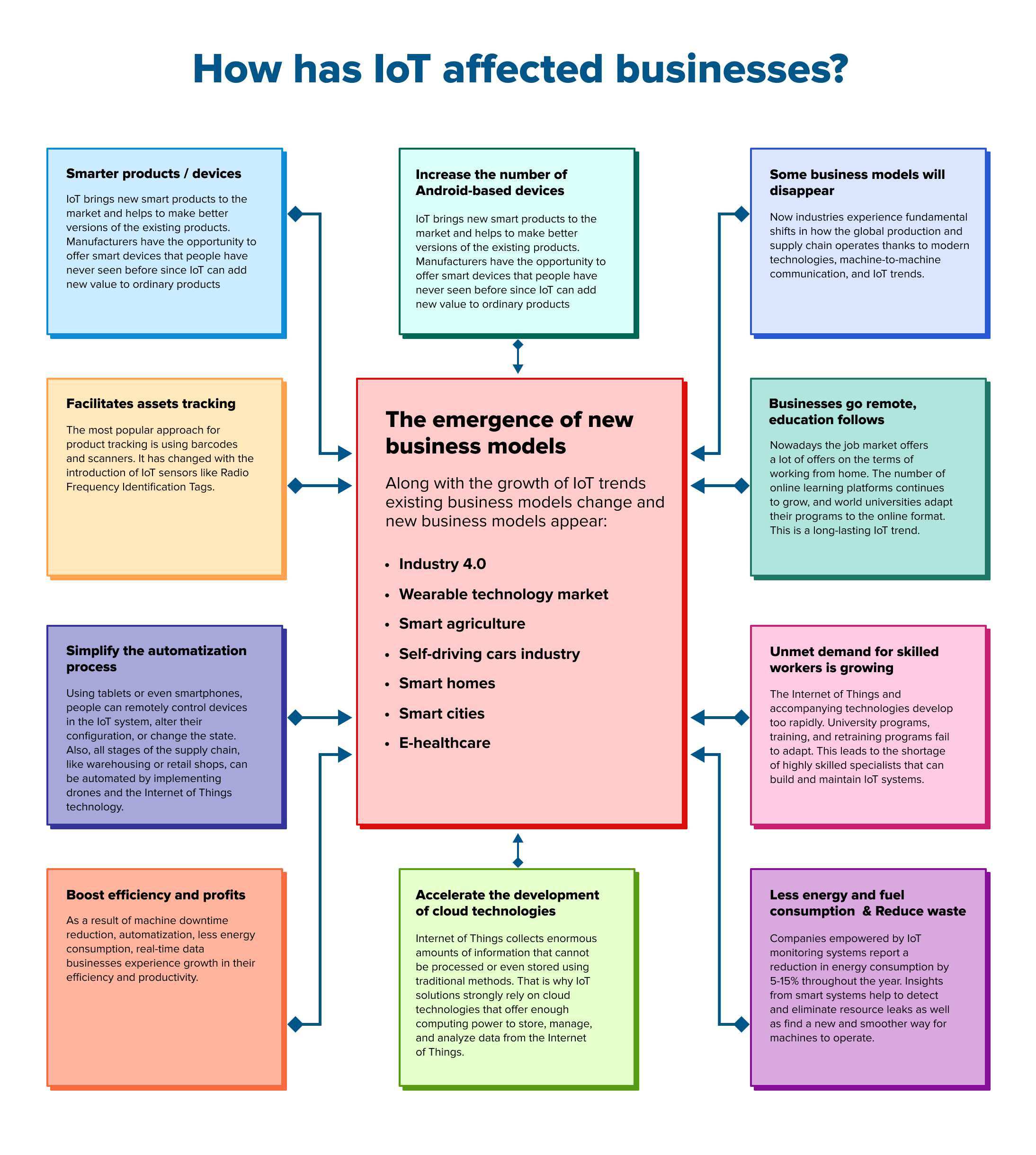
IoT brings new smart products to market and helps improve existing ones.
First, by gathering precise information about the real-world usage of devices, companies get an opportunity to adjust their products to the customer’s needs, remove unnecessary features, and improve those in use. For example, both Microsoft and Apple track how you use their products and prioritize developing the most in-demand features.
Second, manufacturers can offer smart devices that people have not seen before, as IoT can add new value to everyday products. Strangely, some new smart devices haven’t gained widespread adoption, such as smart forks and smart water bottles. However, the ubiquity of smart scales and robot vacuum cleaners is not disputed.
Remote operations enablement
Besides allowing people to work from anywhere, IoT enables systems to operate from anywhere. Remote monitoring, exception-based alerts, and automated workflows let teams run distributed assets (stores, fleets, facilities, and equipment) with fewer site visits and faster response. This is where the impact of IoT on business shows up: fewer interruptions, more transparent accountability, and better control over what’s happening “in the field.”
Increase in the number of Android-based devices
Since its first release, Android has been open source. That means developers have access to its source code and can customize it to meet any requirements and integrate any gadgets, which they do. Android is written in Java, a language widely used for connected devices.
The number of Android-based smart devices increases every year, and this trend continues as the number of IoT devices grows.
Simplification of automation
Using tablets or even smartphones, people can remotely control devices in the IoT system, alter their configuration, or change their state (like adjusting the temperature at home or inside the storage container). Devices, in turn, notify users and send them messages, alerts, and warnings in different cases. So, the IoT system provides two-way communication between smart things and users.
Moreover, the combination of the Internet of Things and robots can take industries to the next level of automation. All stages of the supply chain, like warehousing or retail shops, can be automated by implementing drones and IoT technology.
Asset tracking facilitation
The most popular approach for product tracking is using barcodes and scanners. It has changed with the introduction of IoT sensors like Radio Frequency Identification Tags (RFID or smart labels) that hold all necessary information about a particular product. The main advantage of the RFID compared to barcodes is that the RFID system has detectors that can read smart labels outside the line of sight without human participation, while barcodes must be right in front of an optical scanner.
Machines downtime reduction
The Internet of Things has spread the preventive maintenance services, when IoT sensors are constantly monitoring the health of a machine’s parts and notify about asset health, utilization, and the possibility of failure, providing an opportunity to act before the failure happens. As a result, businesses have fewer maintenance costs and better downtime management because an IoT-based monitoring system predicts machine failures and allows scheduling the optimal time for maintenance activity.
The most high-tech predictive maintenance solution that has affected businesses is digital twins. A digital twin is a virtual model of the physical machine or equipment. The object is outfitted with various sensors that track the performance, temperature, energy output, etc., and transfer the data to its digital twin. Then the maintenance system can run simulations on a virtual model, study its performance issues, and identify vulnerabilities. When it comes to high-value equipment, the benefits of predictive maintenance are invaluable.
Business models shift, but few vanish
IoT does not “delete” business models. It rewrites the unit of value. Once a product can sense, report, and improve over time, it becomes a recurring sale. It becomes a service with a lifecycle, a feedback loop, and a cost to run.
Payments show this shift. Phones and watches made tap-to-pay normal, but cards did not disappear. The card became the funding source, while the wallet became the interface. The same pattern appears in IoT. The old thing stays, but the control layer moves.
Logistics works the same way. When parcels, vehicles, and hubs report status, “Where is it?” becomes a fact. Routing gets tighter, and exceptions surface earlier. Last-mile delivery still relies on people, but signals drive the work.
Warehouses do not become “worker-free.” They become less manual in repeat zones. Robots automate routine tasks and reduce dead time. The headcount that grows is different. Teams need people who can keep fleets healthy, tune flows, and fix faults fast.
Retail checkout is also evolving, but it is not one template. Sensor-based checkout works best in tight formats with controlled entry and clear item flows. Amazon scaled back in large grocery stores, which highlights the model’s limits at scale. Many retailers end up hybrid: more self-serve, fewer pauses, staff focused on edge cases.
Less energy and fuel use, less waste
IoT’s most consistent economic effect is waste reduction. When you measure energy, water, heat, and machine cycles in near real time, utilities become a system you can tune.
This is where monitoring pays off: leaks become visible, idle time gets tracked, bad setpoints stand out in daily data. That is how cost drops without changing the core product.
Some forecasts also put numbers on the upside. One 2030 estimate links IoT to 1.6 PWh less electricity use and 3.5 PWh less fuel use. Smart grids are a large part of that story because they turn metering into control.
Efficiency and profits boost
IoT raises output when data drives action. The win comes from fewer stops, fewer scrap runs, and fewer rushed repairs.
Predictive maintenance is a great example. Sensors detect early changes in temperature, vibration, or load. Teams can service assets before a failure takes the line down. That shifts work from emergency response to planned service, which is cheaper and easier to staff.
IoT can also expose bottlenecks inside a process. When each stage reports its timing and state, throughput is no longer a guess. Teams can see where work piles up and why. That makes fixes more targeted and less political.
The skills gap keeps growing
IoT projects do not end at launch, as device fleets require ongoing maintenance for years. That is where many firms struggle.
The most challenging roles sit at the seams: device ops, security, data quality, and networks. When those skills are thin, systems begin to fail. Alerts go ignored, patches are delayed, and trust in data declines. The tech still works, but the outcome weakens.
Cloud plus edge
IoT has driven growth in cloud storage and analytics, and that remains true. Cloud remains the best place for heavy analysis, long retention, and cross-site views.
At the same time, edge computing matters more than it did a few years ago. Edge shortens response time and keeps sensitive data local when needed. In most mature setups, cloud and edge split work rather than compete.
The emergence of new business models
Besides reshaping old business models, IoT also enables new ones that were previously hard to run. The common thread is a tighter link between outcomes and billing.
“Product-as-a-service” is one form of this. Another is usage-based pricing tied to real operating data. These models work when measurement is trusted, and contracts reflect what can be controlled.
The most recent business models that emerged from IoT are as follows.
Industry 4.0
Technologies drove the Industrial Revolution, also known as Industry 4.0, which features high device interconnectivity, IoT, large volumes of data, automation, machine learning, and Big Data solutions.
Wearables
Wearables continue to grow because they are at the edge of daily life. They track health signals, motion, and location. They also act as a simple access and payment tool in many contexts.
MarketsandMarkets projects the wearable tech market to reach $152.82 billion by 2029. The key business question is the gadget’s governance: what data is collected, who owns it, and how it is protected.
Smart agriculture
There are many ways the Internet of Things has affected agriculture. Farming in the 21st century is seriously different from 20th-century agriculture. Interconnected IoT devices can provide farmers with valuable information on which crops to plant and where, when to plow, the best plowing route, when to sow, and how to reduce production losses.
Self-driving cars industry
Remote control and monitoring were the first phase of car automation. Today, modern cars are equipped with numerous sensors that can track their environment and operate safely with little or no human input. The autonomous car market size is projected to reach $196.97 billion by 2030.
Smart homes
Smart homes are the second most popular IoT technology implementation. If we bring different smart devices, such as a smart thermostat and smart refrigerator, to one place, and connect smart light switches and door locks to a single system (usually a mobile application) along with the thermostat, refrigerator, and other smart gadgets, we get smart homes.
Smart cities
IoT for smart cities is a concept that hasn’t yet gained widespread adoption. Smart cities are based on technological solutions designed to manage the city’s operations, such as automated street-light adjustment, traffic-congestion control, and waste management.
E-healthcare
IoT development in healthcare is valued when it reduces delays. Remote monitoring can catch trend changes early. Alerts can route patients faster. That can reduce avoidable visits when teams act on the signals. Thanks to the Internet of Things and Big Data integration, doctors can make better diagnoses by accessing real-time patient biometric data.
Impacting businesses through IoT with SumatoSoft
Sumatosoft is a software development company that has been active in the global market since 2012 and has delivered over 250 software solutions, including a significant number of IoT projects. Leading analytics agencies, like Clutch, GoodFirms, and TechReviewer, have recognized SumatoSoft.
SumatoSoft successfully assisted clients in healthcare, predictive maintenance, logistics, and HoReCa sectors to transform their business by developing IoT-based solutions.
Whether you are a manufacturer, finance company, or just a growing business, implementing IoT technology might prove to be a great investment for your business.
If you consider implementing IoT technology, contact us, and we’ll provide you with a consultation on the most relevant ways you can use IoT technology.
Let’s start
If you have any questions, email us info@sumatosoft.com

